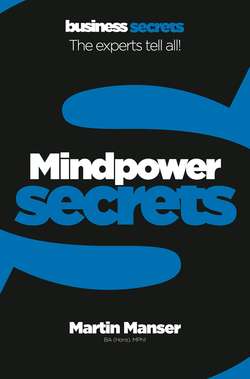Читать книгу Mindpower - Martin Manser - Страница 17
2.2 Read more quickly
ОглавлениеBuild on the steps as outlined in the previous Secret by adding the element of speed. Having prepared to read by working out your aims, you are now ready to read through a text more quickly.
Here are some ways to help you read through a text more quickly. If you practise the techniques, your reading will speed up.
• Devour the text. Rather than reading in a strictly linear way, a single word at a time, aim to read groups of words.
• Put a clock on it. Set yourself a task of reading a text in a specified amount of time. If necessary, deliberately put yourself under slight pressure to read in a concentrated manner. This will mean that you should aim to reduce not only the time you spend reading each group of words but also the time you spend going back and rereading previous sections.
• Look for content words. Much of a text will be taken up with function words, such as ‘of’, ‘the’, ‘much’, ‘a’, ‘will’, ‘be’ (as in this sentence). Train yourself to look for the significant words or groups of significant words in a paragraph. These will probably be the strong nouns, adjectives or verbs.
one minute wonder Take a long and difficult text that you are not looking forward to reading. Discipline yourself on this occasion to read only the first line of each paragraph. When you have finished, pause and think about what you have read. Note any questions that your reading has raised.
• Aim for the top. Look especially at the first sentence at the top of each paragraph. If the text is well-written, the material contained in all the other sentences in the paragraph should in some way relate to the idea expressed in the paragraph’s first sentence, expanding on it, discussing it, illustrating it, commenting on it or arguing with it. A further significance of this structure is that, if you want to compile a summary of a text, you should be able to take the first sentence of each paragraph as a basis.
• Look at the road signs. Read any summary or conclusions that are provided, and use the signposts of chapter headings and subheadings for information on content and context.
• Keep a track of direction. Look out for signposts such as ‘furthermore’ or ‘in addition’, which are used to reinforce a point already made. And look out for ‘although’ or ‘alternatively’, which are used to introduce a difference or contrast. Words such as ‘consequently’ and ‘therefore’ indicate a result.
Read a text in groups of words; focus on the key content words.
